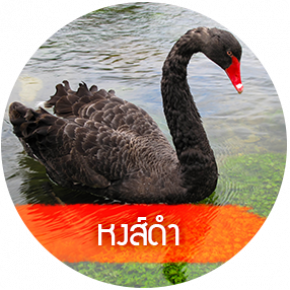MANDARIN DUCK
3752 Views |

The mandarin duck (Aix galericulata) is a perching duck species found in East Asia.
It is medium-sized, at 41–49 cm (16–19 in) long with a 65–75 cm (26–30 in) wingspan.
As the other member of the genus Aix, it is closely related to the North American wood duck.
The adult male is a striking and unmistakable bird. It has a red bill,
large white crescent above the eye and reddish face and "whiskers".
The breast is purple with two vertical white bars, and the flanks ruddy,
with two orange "sails" at the back. The female is similar to female wood duck,
with a white eye-ring and stripe running back from the eye, but is paler below,
has a small white flank stripe, and a pale tip to its bill. Both the males and females have crests,
but the crest is more pronounced on the male.
Like many other species of ducks, the male undergoes a moult after the mating season
into eclipse plumage. When in eclipse plumage, the male looks similar to the female,
but can be told apart by their bright yellow-orange beak, lack of any crest,
and a less-pronounced eye-stripe.
Mandarin ducklings are almost identical in appearance to wood ducklings,
and very similar to mallard ducklings. The ducklings can be distinguished
from mallard ducklings because the eye stripe of mandarin ducklings (and wood ducklings)
stops at the eye, while in mallard ducklings it reaches all the way to the bill.
There are various mutations of the mandarin duck found in captivity.
The most common is the white mandarin duck. Although the origin of this mutation is unknown,
it is presumed that the constant pairing of related birds and selective breeding
led to recessive gene combinations leading to genetic conditions including albinism.



